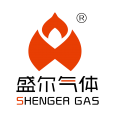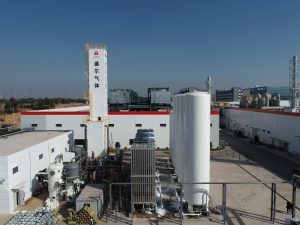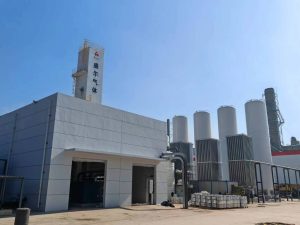Why the Choice Looks Different in 2025
Power prices are volatile, product specs are tighter, and operating profiles are less steady than a decade ago. Decisions that used to be obvious—“buy an ASU if you need oxygen” or “put a PSA on the pad for nitrogen”—now hinge on matching purity, flow, pressure, and duty cycle to the physics of each technology, then stress-testing that match against lifetime cost and risk. The three families—cryogenic air separation, pressure swing adsorption (PSA), and polymeric membranes—each excel under different constraints.
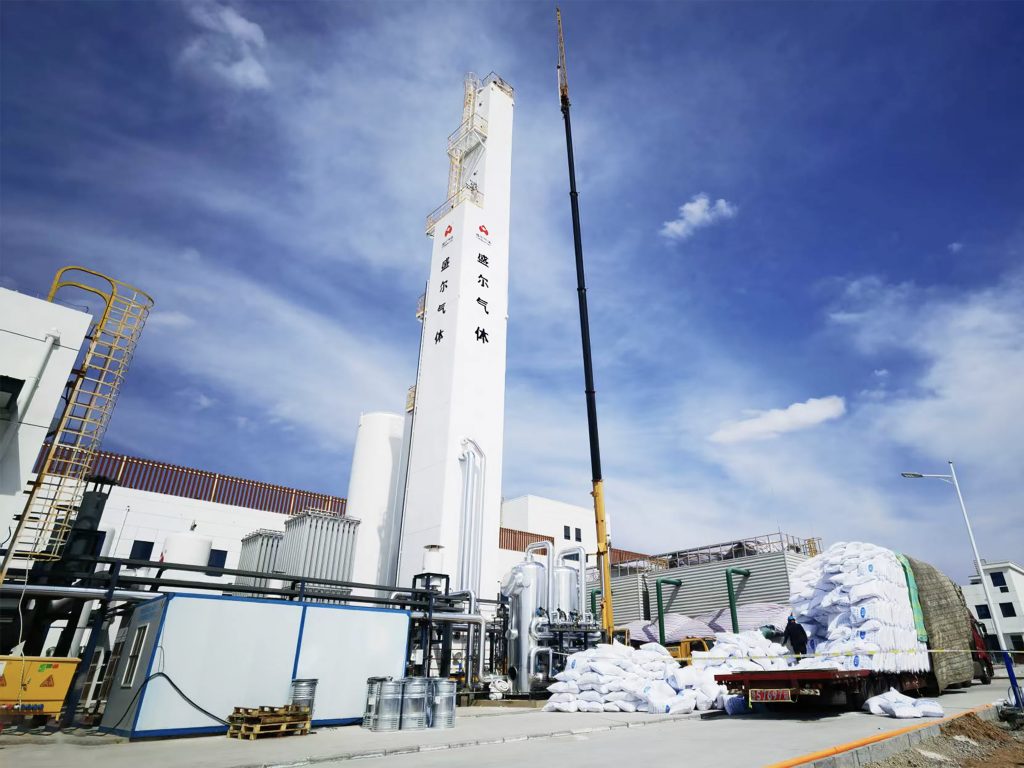
How Cryogenic Air Separation Works—and Where It Leads
A modern cryogenic air separation unit (ASU) compresses and dries air in a pre-purification unit, chills it in a plate-fin heat exchanger, and splits oxygen and nitrogen by rectification in coupled high- and low-pressure columns. The overhead nitrogen from the high-pressure column condenses to reflux the low-pressure column; the boil-up of oxygen in the low-pressure column closes the heat balance. Properly designed, an ASU delivers pipeline oxygen at ~99.5–99.8% purity, ultra-high-purity nitrogen (up to 99.999%) for electronics, and crude or refined argon via a side column. It can also ship liquids—LOX, LIN, LAR—which buffer outages and open a merchant revenue stream. Trade-offs are familiar: higher CAPEX, longer cool-down on start-up, and the need for trained operations to keep energy use low.
How PSA Produces Oxygen or Nitrogen
PSA cycles adsorbents between high and low pressure to exploit selectivity. For oxygen, zeolites capture nitrogen and pass oxygen at 90–93% purity (higher with multi-bed designs and polishing); for nitrogen, carbon molecular sieves absorb oxygen and moisture, delivering 95–99.9% nitrogen depending on cycle speed, bed size, and pre-treatment. The equipment is modular, footprint is small, and start-up takes minutes—ideal for variable loads and remote sites. PSA does not produce argon or cryogenic liquids, and pushing to the top end of purity and pressure consumes more power per unit product.
What Membranes Do Well
Polymeric membranes separate based on different gas permeation rates through hollow fibers. For nitrogen service, oxygen-rich permeate is vented and the nitrogen-rich retentate is used. Hardware is simple, moving parts are few, start-up is almost instantaneous, and turndown is wide. Typical placements are offshore inerting, food and beverage blanketing, fuel gas conditioning, and any application that values simplicity over extreme purity. Limitations are clear: membranes struggle at ultra-high purities without staging and recycle, and for oxygen they are used mainly to make oxygen-enriched air. Over time, membrane bundles age and require replacement—an OPEX item that belongs in the business case.
Purity: The First Filter
If the specification calls for nitrogen ≥99.99% (electronics, specialty chemicals), cryogenic distillation is the practical path; neither PSA nor membranes hit that target without complexity that erodes their cost advantage. The same applies to oxygen ≥99.5% for steelmaking, glass melting, or medical liquid oxygen. Conversely, wastewater aeration with 90–93% oxygen, breweries that blanket tanks at 98–99.5% nitrogen, or offshore platforms needing inert gas at modest purities are squarely in PSA or membrane territory. Users sometimes add polishing downstream of PSA to tighten a spec, but when consumption is continuous it is worth comparing a right-sized ASU.
Flow and Scale: Where Economics Flip
Rules of thumb still hold in 2025. For continuous oxygen demand above roughly 700–1,000 Nm³/h, or nitrogen above 2,000–3,000 Nm³/h, cryogenic plants tend to win on total cost of ownership, especially when liquids or argon sales are valued. Below those bands—and particularly where loads swing—PSA or membranes are usually cheaper and faster to deploy. Edge cases exist: a glass plant at 600 Nm³/h may still choose an ASU to gain liquid storage resilience, while a mine at altitude with limited utilities may prefer PSA at higher flows for simplicity and staffing reasons.
Energy Use: Look at Tariffs, Not Averages
Cryogenic specific power for oxygen has fallen with better expanders, heat integration, and control; large, well-designed plants can achieve figures commonly cited in industry benchmarks. PSA power rises as purity and discharge pressure increase; for nitrogen, the curve steepens near 99.9%. Membranes minimize mechanical complexity but still need compression, and the penalty for higher purity is permeate loss. Where electricity exceeds roughly USD 0.10–0.12/kWh, small and mid-scale projects tilt toward PSA or membranes; where tariffs are stable and liquids or argon have value, ASUs regain the edge. In 2025 most buyers model lifecycle cost at low and high tariff scenarios rather than a single number.
Start-Up, Turndown, and Operating Rhythm
Membranes and PSA reach spec gas in minutes and follow demand quickly—ideal for batch lines and intermittent inerting. Cryogenic plants are slower; cool-down is hours (a day for larger cold boxes), and efficiency is best near design load. Still, with model-based control and variable-speed drives, many double-column ASUs operate safely from 60% to 110% of nameplate while holding purity. Match technology to duty cycle—do not force production to adapt to the plant.
Maintenance and Staffing
PSA units suit non-specialist teams but depend on clean compression and stable pre-treatment; oil carry-over or water spikes shorten adsorbent life. Membranes need dry, oil-free feed, with bundles gradually losing selectivity and replaced on a multi-year cycle. ASUs require scheduled turnarounds, checks on exchangers and columns, and careful instrumentation; in return, with redundancy and disciplined practices, annual availabilities >99.5% are common. Sites lacking cryogenic experience often use service contracts or vendor-operated onsite supply to de-risk operations.
Integration, By-Products, and Footprint
Only cryogenic distillation makes liquid products and argon, which buffer outages and create merchant revenue in underserved regions. Some facilities integrate ASUs with LNG regasification or other cold sources to trim power; others recover compressor heat for buildings or process duties. PSA and membranes integrate neatly with skid packages, fit tight spaces, and can sit close to points of use. Hybrids—membrane pre-enrichment ahead of PSA, or PSA polishing after a small ASU—appear where a niche spec must be met without oversizing.
Safety and Compliance Across Options
ASUs manage oxygen-rich areas, LOX material compatibility, and cryogenic exposure; they fall under pressure equipment directives and usually implement safety-instrumented functions for column protection. PSA and membrane systems avoid cryogenic temperatures but still require oxygen-service discipline, hydrocarbon control, and relief systems designed for fast transient events. Whatever the technology, oxygen deficiency monitoring, formal management of change, and targeted operator training are non-negotiable.(cryogenic air separation)
Sustainability and the 2025 Carbon Lens
Procurement now compares carbon intensity per unit gas delivered. ASUs backed by renewable power purchase agreements can show attractive figures, and their liquid storage helps ride through grid curtailment. PSA and membranes cut emissions where they replace trucked cylinders or dewars, eliminating logistics. In regions with hydrogen projects, electrolyzer oxygen is sometimes blended into networks, shifting how much dedicated air-separation capacity is needed without changing the core selection logic.(cryogenic air separation)
A Practical Selection Framework
Write down minimum purity, flow, outlet pressure, duty cycle, and any value for liquids or argon. Price electricity with low/high bands. Score each option for CAPEX, OPEX at both tariffs, start-up speed, turndown, staffing, footprint, and local service coverage. As a distilled rule for 2025:
- Choose cryogenic when purity is ultra-high or flows are large and steady, or when liquid product and argon matter.
- Choose PSA when purity is moderate, flows are small to mid-scale, response must be fast, and footprint must be compact.
- Choose membranes when purity is modest (inerting/enrichment), simplicity and immediate start-up dominate, and space is tight.
- If nothing cleanly fits, evaluate hybrids or a vendor-operated onsite plant to share risk.
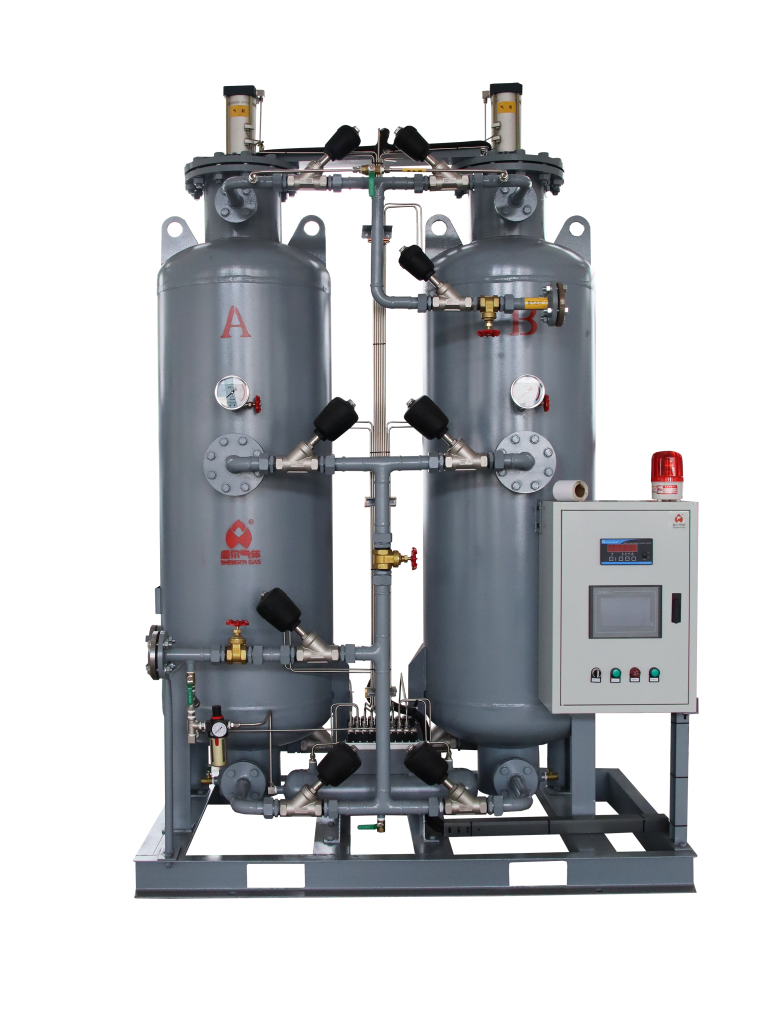
Example Scenarios to Sanity-Check the Decision
- Semiconductor nitrogen, 99.999%, 5,000 Nm³/h: Cryogenic ASU. PSA/membrane staging erodes cost and stability.
- Glass furnace oxygen, 1,200 Nm³/h, 99.6%: Cryogenic ASU, with liquid storage for outages; argon credit helps payback.
- Brewery blanketing, 98–99.5% N₂, 300 Nm³/h with daily swings: PSA, possibly with small buffer storage.
- Offshore platform inerting, 95–98% N₂, 50–150 Nm³/h: Membranes; fastest start, smallest footprint.
- Wastewater aeration, 90–93% O₂, 400 Nm³/h: Oxygen PSA; evaluate oxygen-enriched air membranes if pressure/flow allow.
Bottom Line for 2025
No single technology “wins” by default. The right plant aligns physics with specification and power context, then survives a lifetime cost and risk review. In 2025, cryogenic air separation remains unbeatable for ultra-high purity and scale; PSA is the agile workhorse for moderate purities at modest flows; membranes are the minimalist tool for inerting and enrichment. A clear, written statement of need—tested against the strengths and limits above—will lead to a choice that stays right for the next decade.(cryogenic air separation)
